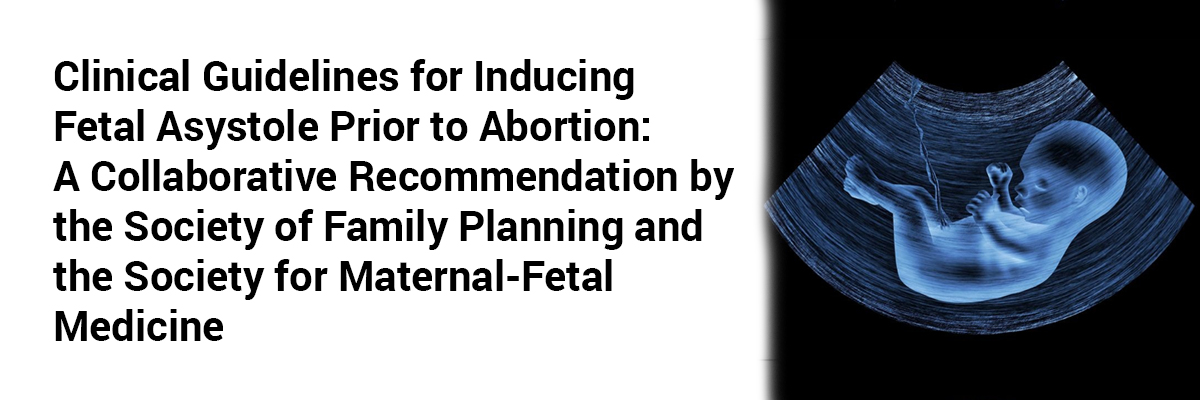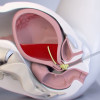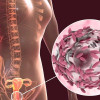
Clinical Guidelines for Inducing Fetal Asystole Prior to Abortion: A Collaborative Recommendation by the Society of Family Planning and the Society for Maternal-Fetal Medicine
A crucial part of reproductive healthcare is abortion. About one out of every five pregnancies in the developed nation resulted in abortion in 2020. All trimesters can safely and effectively use abortion techniques, but it is important for a clinician to use methods to induce and confirm fetal asystole prior to an abortion in the second and third trimesters.
The current recommendation updates the Society of Family Planning’s 2010 guidelines on the induction of fetal asystole, incorporating recent research and addressing clinical, medical, and sociolegal questions. While there is insufficient evidence to recommend routine induction of fetal asystole before previable medication and procedural abortion, it is advised to induce fetal asystole before abortion at periviable gestations and after fetal viability to prevent unexpected expulsion of a fetus with cardiorespiratory activity. The definition of viability is complex and varies based on gestational age and individual clinical factors; thus, the timing for offering fetal asystole should be tailored to each clinical scenario.
Patient-centered counseling about the risks and benefits of inducing fetal asystole is recommended, aligned with the patient’s beliefs and circumstances. Clinicians should choose the most appropriate pharmacologic agent based on availability, the urgency of establishing fetal asystole, their own technical abilities, preferences, and practice.
Acceptable agents to induce fetal asystole before abortion include potassium chloride, lidocaine, and digoxin. However, to begin asystole quickly, potassium chloride or lidocaine administered via intracardiac or intrafunic injection is recommended. However, potassium chloride is not recommended if intracardiac or intrafunic injection locations cannot be accurately achieved so as to avoid the risk of accidental administration to the pregnant individual. Although digoxin is recommended via intrafetal administration, intraamniotic administration may be appropriate depending on the clinician's skills and setting. However, an alternate agent should be taken into consideration in situations when fetal asystole needs to be established quickly because digoxin may take many hours to induce asystole.
Source: Diedrich J, et al. Society of Family Planning Clinical Recommendation: Induction of fetal asystole before abortion Jointly developed with the Society for Maternal-Fetal Medicine☆,☆☆. American Journal of Obstetrics & Gynecology.2024. DOI: 10.1016/j.ajog.2024.08.048.














Please login to comment on this article